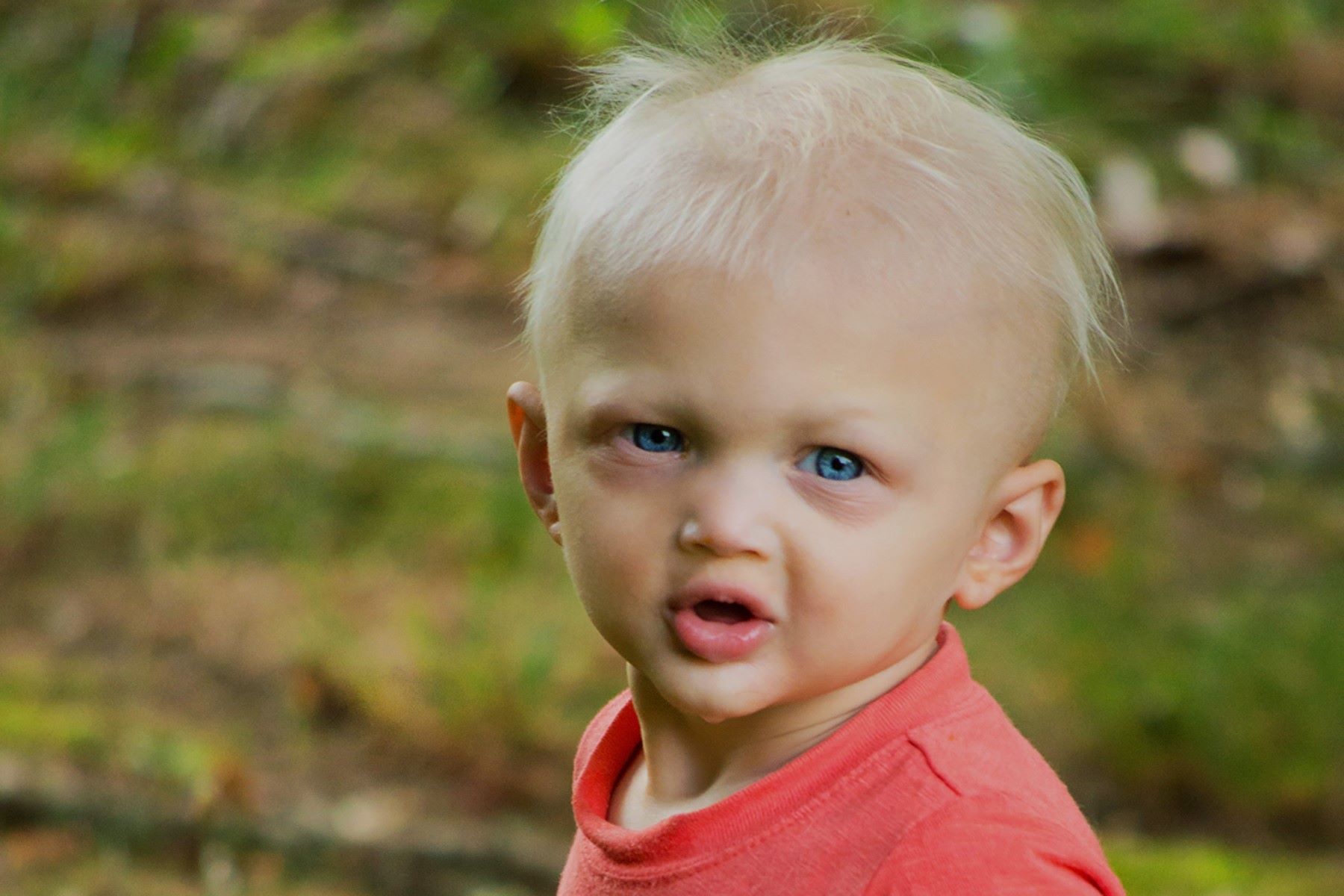
Total Hypotrichosis is a rare genetic condition where individuals have little to no hair on their body. This includes the scalp, eyebrows, eyelashes, and other areas where hair typically grows. What causes Total Hypotrichosis? The condition results from mutations in specific genes responsible for hair growth and development. These mutations disrupt the normal hair cycle, leading to sparse or absent hair. Is there a cure for Total Hypotrichosis? Currently, there is no cure, but treatments focus on managing symptoms and improving quality of life. Options include wigs, cosmetic solutions, and counseling to address any psychological impact. Understanding this condition can help those affected feel less isolated and more supported.
Key Takeaways:
- Total Hypotrichosis is a rare genetic condition causing complete hair loss. It affects daily life, but research offers hope for future treatments.
- Individuals with Total Hypotrichosis face unique challenges, but they find support in communities and are represented in media and art.
What is Total Hypotrichosis?
Total Hypotrichosis is a rare genetic condition where individuals have little to no hair on their body. This includes the scalp, eyebrows, eyelashes, and other body hair. Let's dive into some fascinating facts about this unique condition.
-
Genetic Mutation: Total Hypotrichosis is caused by mutations in specific genes, such as the LIPH, LPAR6, and DSG4 genes. These genes play a crucial role in hair growth and development.
-
Inherited Trait: This condition is often inherited in an autosomal recessive manner. This means both parents must carry the mutated gene for their child to be affected.
-
No Cure: Currently, there is no cure for Total Hypotrichosis. Treatments focus on managing symptoms and improving quality of life.
-
Not Alopecia: Unlike alopecia, which can cause sudden hair loss, Total Hypotrichosis is present from birth and involves a complete lack of hair growth.
How Does Total Hypotrichosis Affect Daily Life?
Living with Total Hypotrichosis can present unique challenges. Here are some ways it impacts daily life:
-
Sun Protection: Individuals with this condition must be extra cautious about sun exposure. Without hair, the scalp and other areas are more susceptible to sunburn.
-
Temperature Regulation: Hair helps regulate body temperature. Those with Total Hypotrichosis may struggle to stay warm in cold weather and cool in hot weather.
-
Social Impact: The visible lack of hair can affect social interactions and self-esteem, especially in children and teenagers.
-
Eyebrow and Eyelash Loss: Without eyebrows and eyelashes, individuals may experience more dust and debris entering their eyes, leading to irritation.
Medical Insights into Total Hypotrichosis
Medical research provides deeper insights into this condition. Here are some key medical facts:
-
Diagnosis: Diagnosis is typically made through clinical examination and genetic testing to identify the specific gene mutation.
-
Associated Conditions: Some individuals with Total Hypotrichosis may also have other conditions, such as ectodermal dysplasia, which affects the skin, teeth, and nails.
-
Hair Follicle Development: Research shows that the hair follicles in individuals with Total Hypotrichosis are often underdeveloped or completely absent.
-
Animal Models: Studies on animal models, like mice, have helped scientists understand the genetic mechanisms behind this condition.
Interesting Facts About Total Hypotrichosis
Here are some intriguing and lesser-known facts about Total Hypotrichosis:
-
Historical Cases: Historical records show that Total Hypotrichosis has been documented for centuries, with references in ancient medical texts.
-
Cultural Perceptions: Different cultures have varying perceptions of hairlessness. In some cultures, it is seen as a sign of beauty or wisdom.
-
Research Advances: Advances in genetic research are paving the way for potential future treatments, though they are still in the experimental stages.
-
Support Groups: There are support groups and online communities where individuals with Total Hypotrichosis can connect and share experiences.
Famous Cases of Total Hypotrichosis
Some well-known individuals have brought attention to this rare condition:
-
Celebrities: A few celebrities and public figures have openly discussed their experiences with Total Hypotrichosis, raising awareness and promoting acceptance.
-
Documentaries: Documentaries and TV shows have featured stories of people living with this condition, highlighting their daily lives and challenges.
-
Medical Journals: Numerous case studies and articles in medical journals provide detailed accounts of individuals with Total Hypotrichosis, contributing to scientific knowledge.
-
Art and Literature: This condition has been depicted in various forms of art and literature, reflecting society's fascination with rare genetic conditions.
Understanding Total Hypotrichosis
Total Hypotrichosis, a rare genetic condition, results in little to no hair growth on the scalp and body. This condition, often present from birth, can affect both males and females. It’s caused by mutations in specific genes responsible for hair growth. While there’s no cure, treatments like wigs or hairpieces help individuals manage their appearance.
Living with Total Hypotrichosis can be challenging, but support from family, friends, and medical professionals makes a significant difference. Awareness and understanding of this condition are crucial for fostering empathy and support.
By learning about Total Hypotrichosis, we can better appreciate the unique experiences of those affected and contribute to a more inclusive society. Remember, everyone’s journey is different, and understanding these differences enriches our collective human experience.
Frequently Asked Questions
Was this page helpful?
Our commitment to delivering trustworthy and engaging content is at the heart of what we do. Each fact on our site is contributed by real users like you, bringing a wealth of diverse insights and information. To ensure the highest standards of accuracy and reliability, our dedicated editors meticulously review each submission. This process guarantees that the facts we share are not only fascinating but also credible. Trust in our commitment to quality and authenticity as you explore and learn with us.
